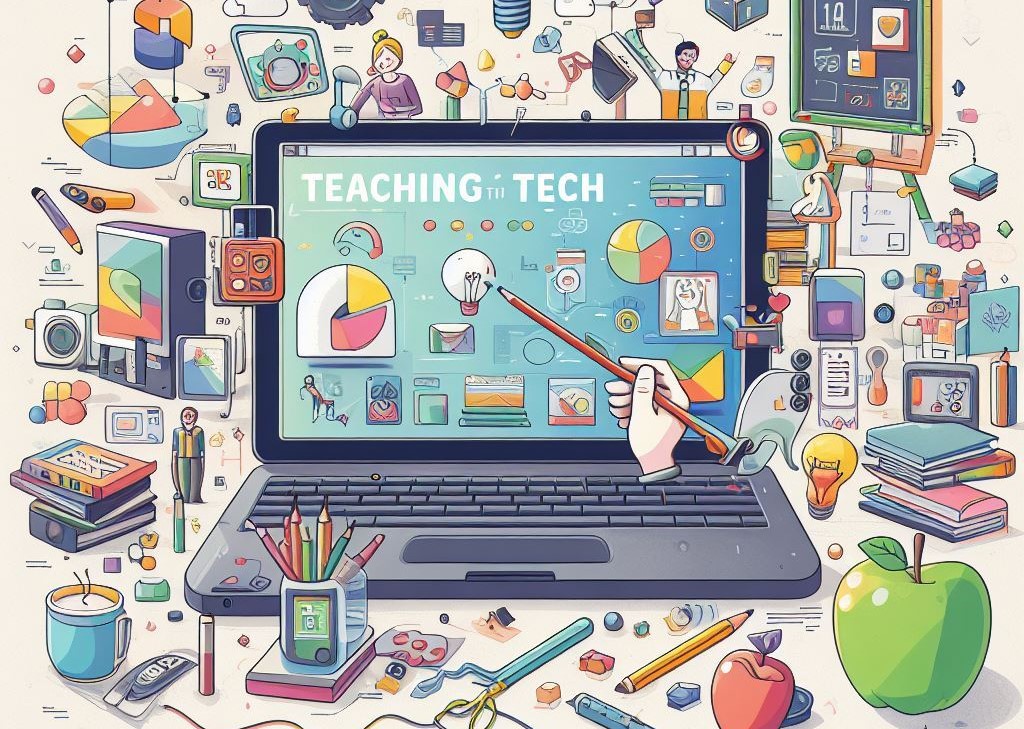Ask Arthur
Ask Arthur: How do I teach with tech?
A teacher asks how tech can improve the classroom. ARTHUR GOLDSTUCK gets some answers from Acer.
Arthur’s answer: I’m no educational expert, but I know that many attempts by schools to introduce tech don’t deliver. In fact, the EdTech Genome Project found that most of these fall short of expectations despite over $100-billion spent on classroom tech over the previous decade.
In other words, you really do need to speak to the experts, so we handed your question over tto someone who works actively in this space: Renasha Papiah, commercial business manager of Acer Africa.
“Educators and administrators are under pressure to add technology but don’t get the support to work out what will work best for their circumstances,” she said. “So, they spend a lot getting shiny gadgets that the market pushes to them, yet those are not fit for purpose, and the people benefitting from them, the educators and learners, are the last to be consulted.”
These are her main tips:
Expect things to change: Digital technology can make education tasks more efficient. However, traditional classrooms typically revolve around the educator. Technology could change this, so don’t expect things to stay the same.
Start with simple technologies: Schools fervently adopted a range of tablets yet didn’t necessarily see massive improvements. All technologies must follow a purpose; the best way to understand that purpose is to start with simple technologies. Create WhatsApp communities with nested learner discussion groups. Try out email, social media, and other broadly used technologies. See what learners have access to and start there.
Know the difference between educator and learner tech: It’s important to know why a classroom introduces a specific technology. It can be to support the educator (a smart whiteboard) or the learner (tablets with educational software) or both (software that interacts with both the whiteboard and the tablets).
Ignore the digital native myth: Younger people generally pick up technologies fast, but they are not naturally gifted and intuitive with technology. Learners may have a knack for using technology, but that doesn’t mean they know how to use it well. They need guidance and training.
Work with a trusted tech provider: Learning institutions often struggle to decide what technology makes sense, so they lean on technology sellers to guide them. However, these sellers are rarely education experts and tend to push what looks the best. A trusted technology partner asks many questions first and will walk away if the deal doesn’t benefit the education customer. Organisations like Schoolscape also aim to match educators with the right technology partners.

















